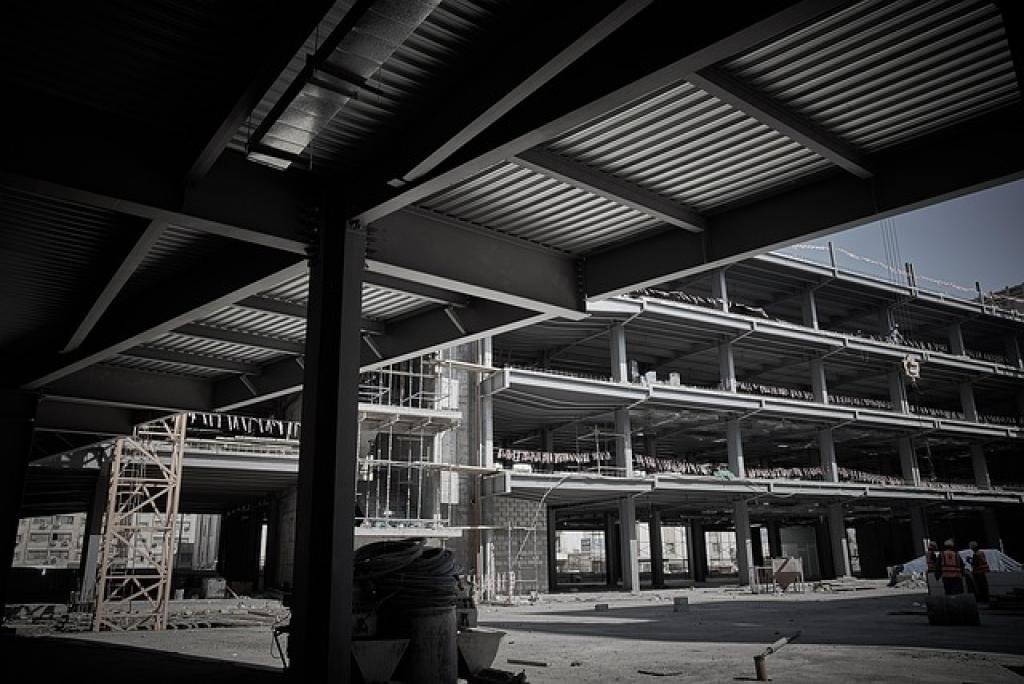Why Site Structure Impacts Your SEO Performance

Ever wondered why some websites climb the search engine ranks while others get lost in the digital shuffle? The secret often lies beneath the surface—in the very structure of the site.
Imagine visiting a library where books are stacked haphazardly. You’d likely leave frustrated, right? The same applies to websites. A well-organized site helps search engines and users easily find your content.
Site structure isn’t just about aesthetics; it’s a strategic move for better SEO performance. A clear hierarchy and intuitive navigation can improve user experience and signal search engines that your site is worth indexing.
In the world of SEO, site structure is your anchor. Get it right, and you pave the way for higher rankings, more traffic, and happy visitors. Dive deeper to discover how a solid site structure can transform your digital presence!
Understanding the Basics of Site Structure in SEO
Grasping the fundamentals of site structure is a game-changer for SEO success. At its core, site structure refers to how information is organized and presented on your website. It’s the framework that guides users and search engines through your content.
Think of your site as a house. The overall architecture involves main areas, like your homepage and category pages, which branch out into specific rooms, or individual pages and posts. Just like a well-designed home, each part of your site should seamlessly connect to the others.
Effective site structure begins with a logical hierarchy. Start with broad topics and narrow down to more specific content, ensuring each page is linked appropriately. This flow not only helps users find what they’re looking for but also aids search engines in understanding your site’s purpose and authority.
A cohesive structure also means using descriptive URLs, breadcrumbs, and a clean XML sitemap. These elements act as signposts, helping guide search bots to crawl and index your site effectively.
Getting these basics right lays the groundwork for improved visibility and ranking, drawing users back to a site that’s both informative and easy to navigate.
Key Elements of a Well-Structured Website for SEO
Crafting a well-structured website involves several vital elements that not only enhance user experience but also boost SEO. One key feature is coherent navigation. Visitors should easily find their way around with a menu that clearly outlines your site’s main sections.
Internal linking is another crucial component. By linking relevant pages internally, you keep users engaged while helping search engines understand the relation between your pages. This practice can also distribute page authority more evenly across your site.
Optimized URLs are essential, as well. Clear, descriptive, and keyword-rich URLs provide easy navigation for users and offer search engines additional context about the page content.
Then there’s mobile-friendliness. With a significant amount of web traffic coming from mobile devices, having a responsive design ensures that your site functions well on any screen size. Search engines prioritize mobile-friendly sites, so it’s a win-win!
Finally, fast loading times cannot be overlooked. A speedy website not only prevents user frustration but also receives favorable consideration from search engines.
Incorporating these elements into your site’s structure creates a harmonious balance of form and function, setting the stage for enhanced SEO performance and satisfied visitors.
How Site Hierarchy Influences Search Engine Rankings
A well-structured site hierarchy plays a pivotal role in determining how search engines perceive and rank your website. At its essence, site hierarchy is about organizing your content so that both users and search engines can easily navigate it.
Prioritizing Key Pages
When your site presents a clear hierarchy, it highlights your essential pages. This clarity signals to search engines which pages have more significance, often influencing ranking decisions. By prioritizing key content, you improve the chances of these pages appearing in search results.
Hierarchy also impacts how link equity, or "link juice," is distributed. Pages at the top of your hierarchy receive more link equity, boosting their ranking potential. This setup naturally draws more visitors to the most critical parts of your site.
Boosting Crawl Efficiency
On top of that, a logical hierarchy enhances crawl efficiency. Search engines appreciate a roadmap, allowing them to index your pages effortlessly. When your site has a straightforward structure, it becomes easier for search bots to find and understand your content, which can lead to more comprehensive indexing.
Ultimately, a thoughtful site hierarchy not only elevates your SEO game but also ensures that visitors enjoy a seamless and enriching experience on your site.

Optimizing Your URL Structure for Improved SEO Performance
URL structure might seem like a minor detail, but it plays a crucial role in your website’s SEO success. Optimizing URLs is about creating a concise, descriptive, and easy-to-read format that benefits both users and search engines.
Start by ensuring your URLs are clean and simple. Avoid lengthy strings of numbers or unnecessary parameters, as these can confuse and deter users. Instead, use clear, relevant keywords that provide a snapshot of the page content.
Incorporating keywords into your URL not only helps with SEO but also enhances user comprehension and click-through rates. For example, a URL like example.com/seo-tips immediately informs visitors what to expect, while also giving search engines context about the page’s focus.
Hyphens are your best friends in URL structure. They serve as space-replacements, making URLs more readable than underscores or no spaces at all. Keeping the URL structure consistent across your site helps reinforce your brand and maintain a professional appearance.
Lastly, never underestimate the power of maintaining a lowercase approach. Consistency in capitalization avoids potential duplicates and keeps your site streamlined. A well-optimized URL structure is a small change with substantial impact, helping steer both search bots and users smoothly through your digital realm.
The Impact of Internal Linking on Site Structure and SEO
Internal linking is a powerful yet often underutilized strategy for enhancing your site’s structure and boosting SEO. By strategically linking pages within your site, you create a network that clarifies the site’s purpose and interconnections to search engines.
Internal links guide visitors through your content, increasing time on site and encouraging exploration. This improved navigation helps reduce bounce rates and improves user experience, both of which can positively affect your SEO performance.
Enhancing Page Authority
An internal linking strategy can distribute page authority or "link juice" effectively across your site. By directing links to specific pages, you boost those pages’ prominence, potentially raising their rankings in search results.
Internal links provide search engines with a map of your site’s structure, revealing which pages are deemed most valuable. The more connections a page has, the more critical it appears.
What’s more, using descriptive anchor text can give search engines clues about a page’s content, further optimizing your site for relevant queries. This practice not only enhances visibility but also ensures you meet user intent more accurately.
In essence, internal linking is about weaving a web of connections that enriches both user experience and search engine understanding, driving a harmonious balance between accessibility and relevance.
Conclusion: Crafting a Solid Site Structure for Maximum SEO Benefits
A well-structured site is the backbone of effective SEO, paving the way for better visibility and user engagement. By paying attention to your site’s architecture, URL structure, and internal linking, you create an environment where both users and search engines can thrive.
Understanding and implementing a logical hierarchy provides essential guidance, allowing your content to shine through in search results. This approach not only enhances crawl efficiency but also clearly signals to search engines the importance of each page, helping to elevate your overall site ranking.
Optimizing your URL structure, with concise and keyword-rich links, enhances user comprehension while aiding search engine indexing. It may seem like a small element, but its impact on your site’s SEO performance should not be underestimated.
Similarly, internal linking ties your content together, guiding users on a coherent journey through your site. This network of links not only spreads link equity but also improves user experience by reducing bounce rates and encouraging deeper exploration.
In essence, crafting a solid site structure is not a one-time task but an ongoing effort that requires attention and refinement. As you tweak and optimize, keep the focus on clarity and user-friendliness. By doing so, you not only harness the full power of SEO but also create a welcoming user experience that keeps visitors coming back.
Ultimately, with a robust site structure, enhanced SEO performance isn’t just a possibility; it’s a promise of sustainable growth. So, commit to this foundation, and watch as your digital presence flourishes in the search rankings.



